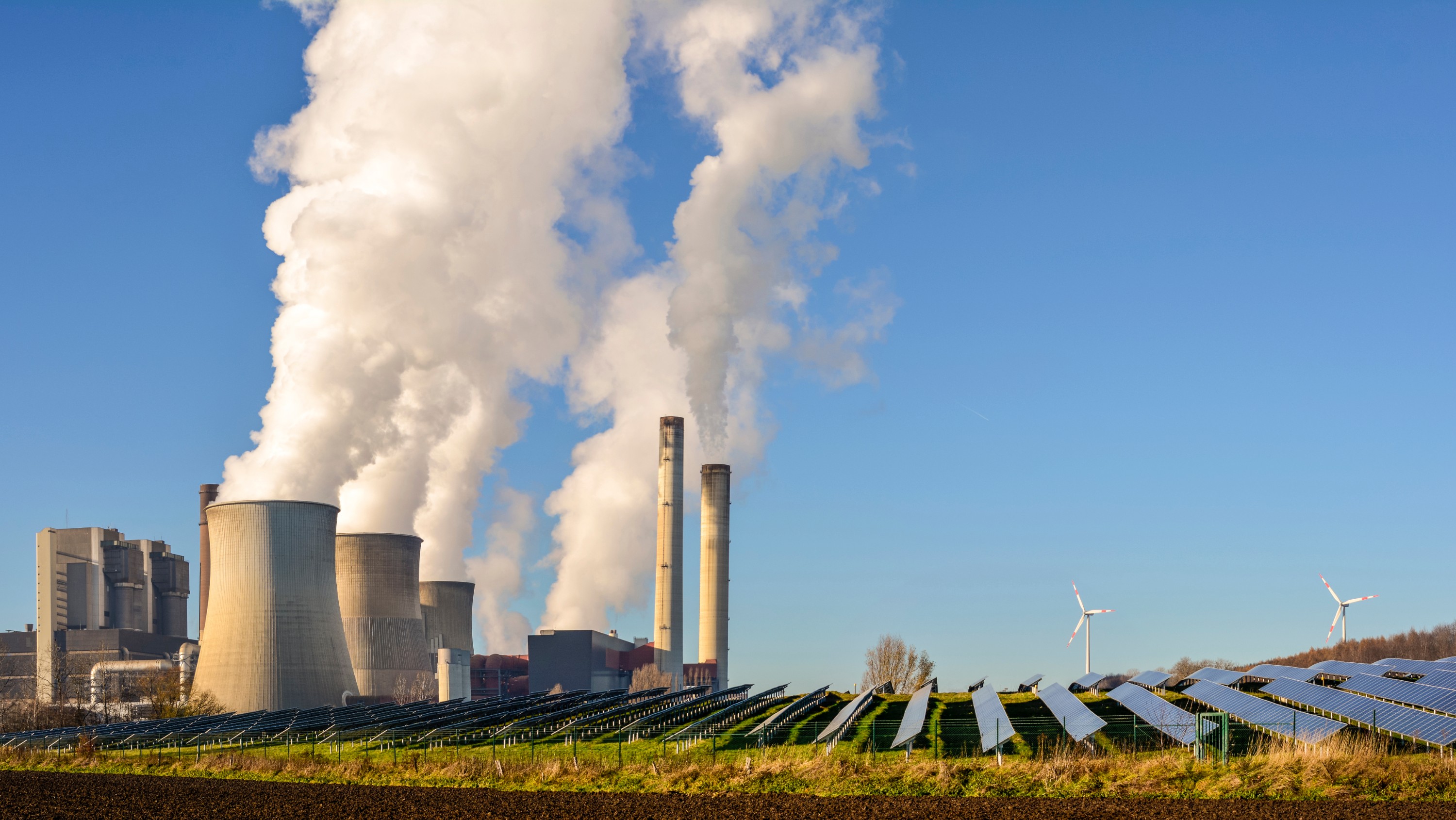A new open online course from the University of Alberta aims to give learners a foundation for understanding one of the greatest global challenges humanity has ever faced.
“Energy issues are so central to just about everything in the world today,” says Brad Hayes, course instructor for 21st Century Energy Transition: How Do We Make It Work?
Hayes has spent much of his career doing outreach and education on energy issues, and he felt there would be widespread public interest in a course on the energy transition. He connected with Anne Naeth, director of the U of A’s Energy Systems signature area, and the two surveyed the energy-related educational offerings before identifying a gap in the market.
“What we saw was missing was something that’s really comprehensive on energy at a level that university students, but also the public, can really start to understand the story from beginning to end,” says Hayes, an adjunct professor in the Department of Earth and Atmospheric Sciences and outreach director for the Canadian Society for Evolving Energy (CSEE). The U of A and CSEE joined forces to create the course, with Hayes at the helm.
Full spectrum of energy topics
The six-week course covers energy transitions from past to present, energy sources and production, energy storage, FAQs for the energy transition, and key topics on enabling the energy transition, including the policies and pathways needed to support it.
“One reason that Coursera (the online learning platform hosting the course) jumped all over this concept was they just didn’t see any other course out there that really provided that sort of full-spectrum coverage on all of the energy issues,” says Hayes.
The course debuted this month and there are already more than 300 learners signed up, according to Gavin Bradley, science MOOC co-ordinator at the U of A.
Though Hayes leads the course, he also brought in a dozen guest lecturers to enrich the lessons. Rick Chalaturnyk, professor in the Faculty of Engineering, shares his expertise on carbon capture and storage. Monica Gattinger, chair of the University of Ottawa’s Positive Energy program, is a policy expert who sheds light on that component of the larger energy conversation.
“Energy problems need energy policy,” explains Hayes. “Of course we need emissions policies and we need to ensure that we minimize emissions, but there’s got to be policies on creating energy too.”
Global perspectives
And while discussions of climate change and greenhouse gas emissions are woven throughout the course, Hayes notes that lecturers also offer a global perspective on another critical facet of the transition. Speakers originally from Ghana and India explain the challenges faced by people in areas of the world where there isn’t an adequate supply of energy and showcase some of the steps being taken to address that deficit.
“What we hope to do with this MOOC is provide a place where people can go and understand, this is why we use oil and gas, this is why it’s great to do hydroelectricity or solar, just how they all fit together,” says Hayes.
“If you’re filling up the car with gas after taking this course, maybe you’re thinking a bit more about exactly what that means,” adds Bradley.
According to Hayes, one of the biggest challenges in creating the six-week course was narrowing down all the possible information and deciding what should be covered. However, tackling a big topic in a streamlined way is something the U of A excels at.
“A lot of our MOOCs tend to be large, accessible, introductory science topics,” explains Bradley, citing examples such as Mountains 101 and Dino 101. The U of A now has 29 MOOCs available through Coursera with more than 1.6 million learners from 160 countries, he adds.
